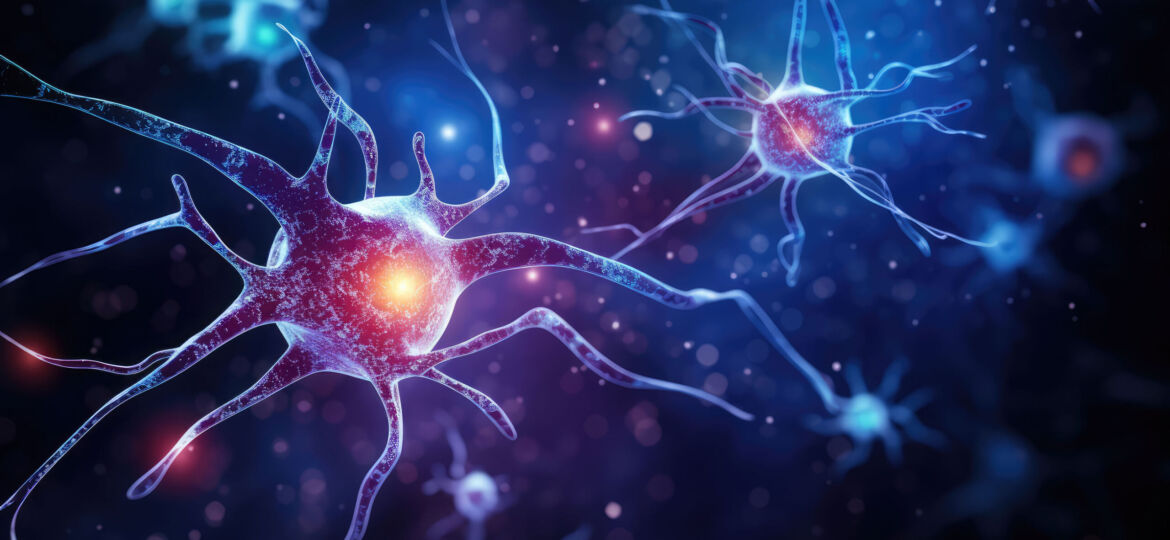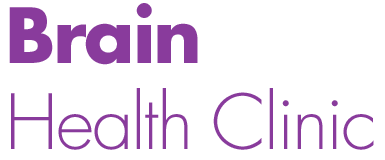
The Brain Health Clinic of Sacramento uses neurofeedback therapy both because it has helped members of our staff personally and we see it help our clients on a regular basis. Along with these personal and observed experiences, there is a large body of scientific studies of neurofeedback that help us to conclude that it is indeed effective for treating specific types of brain disorders. In this article we look at newer general evidence in favor of neurofeedback, to help our clients have greater confidence in the efficacy of this therapy.
Real-Time MRI
Functional magnetic resonance imaging, or fMRI, is able to observe the activity of the brain via changes in blood oxygen levels. By applying this technology, researchers were able to study the effects of brain training on patients with depression, ADHD, Parkinson’s disease, and problems with cognitive function, among other disorders. While neurofeedback has traditionally relied on psychological testing, patient reporting, and EEG (electroencephalographic) recordings of brain waves to determine if it is working properly, fMRI offers a new means of verifying the results of neurofeedback. We will look at how fMRI works in a future blog article.
MEG — It’s Not Just a Big Shark
In neuroscience, MEG stands for magnetoencephalography. Whereas EEG measures electrical currents produced by active neurons, MEG measures magnetic fields produced by the same neurons. While EEG units are portable and affordable, MEG units are large and very expensive, thus limiting their use. The benefits of MEG are clear, however, because magnetic field detection is not affected by the scalp, skull, or cerebrospinal fluid, while electrical fields can be affected by all three. Therefore, MEG provides a better picture of what is taking place in the brain as a result of neurofeedback. When combined with MRI readings, it also helps researchers pinpoint exactly where certain brain activity is taking place. All of this provides an outstanding research tool that has already demonstrated the effectiveness of neurofeedback for training specific parts of the brain.
A Therapy You Can Trust
Researchers in multiple fields of study are interested in the value of neurofeedback. Protocols for using neurofeedback are constantly examined in relation to the recommended number of sessions, the frequency of the sessions, the brainwave results that should be serve as targets for the patient, and the length of time that neurofeedback results are expected to last. All of these studies support a rigorous process of self-examination in the neurofeedback community that helps us provide the best therapy possible for our clients.
For a free consultation to determine if neurofeedback therapy can potentially help you, contact the Brain Health Clinic by phone or online.
